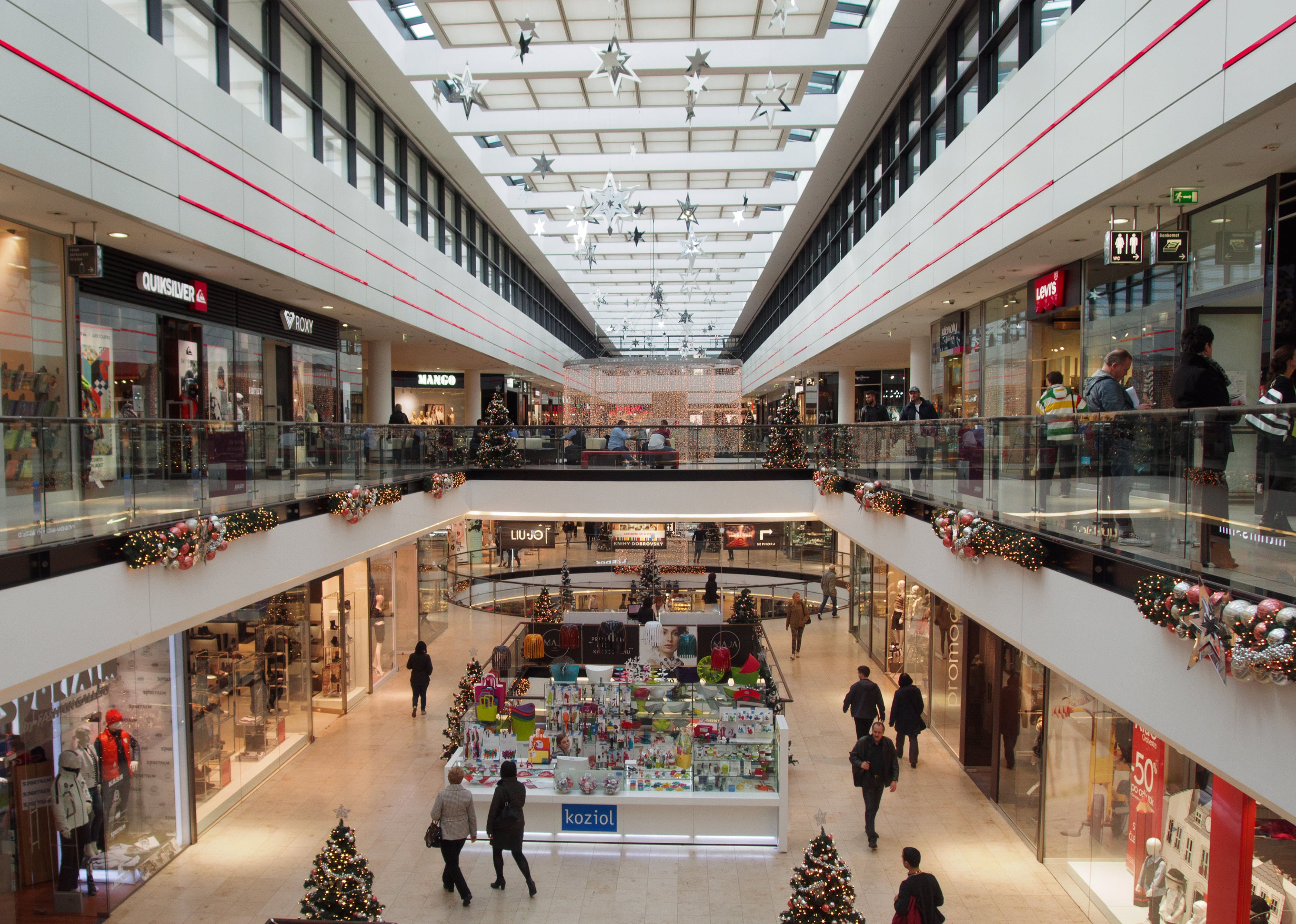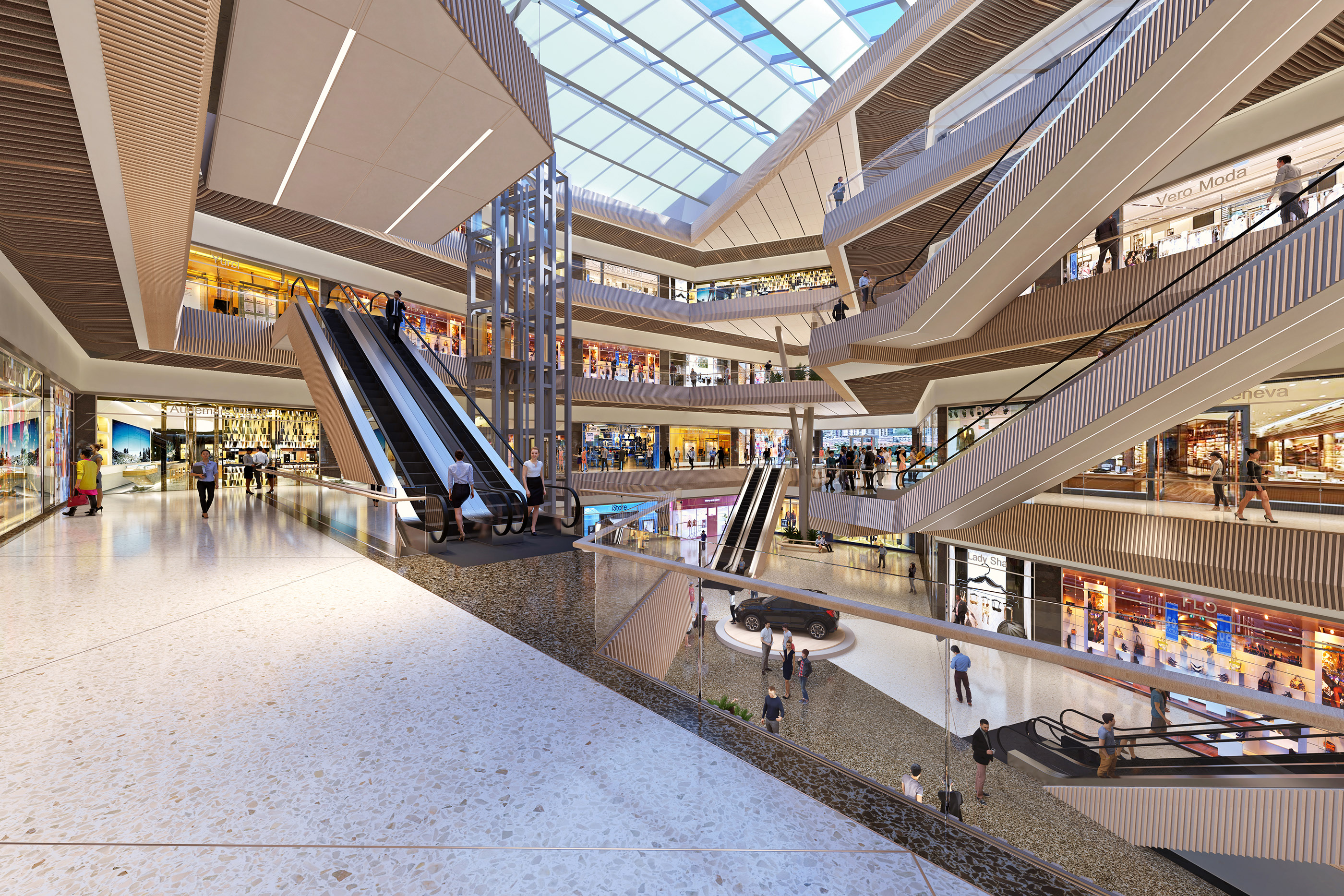Malls have become an integral part of contemporary life, offering much more than just a place to shop. They serve as vibrant hubs for entertainment, leisure, and social interaction, catering to individuals of all ages. Whether you're searching for the latest fashion trends or simply wish to enjoy a meal with friends, malls provide everything under one roof. In this detailed guide, we will delve into everything you need to know about malls, from their rich history to practical tips for optimizing your shopping experience.
Malls are far more than just retail centers; they represent a significant cultural phenomenon that has evolved over decades. From the first enclosed shopping mall in the United States to the colossal shopping complexes in Asia, malls have revolutionized the way we shop and spend our leisure time. This guide will take an in-depth look at the fascinating world of malls and provide you with valuable insights to enhance your shopping journey.
Whether you're an experienced shopper or new to the world of malls, this article will equip you with the knowledge and tools to make the most out of your visits. Let's dive into the dynamic world of malls and uncover what makes them such a popular destination for millions of people around the globe.
Read also:Exploring The Rich World Of Tribal Tattoos History Meaning And Modern Trends
Table of Contents
- The Evolution of Malls
- Different Types of Malls
- Advantages of Shopping at Malls
- Emerging Trends in Mall Shopping
- Practical Tips for Effective Mall Shopping
- The Role of Technology in Malls
- Promoting Sustainability in Malls
- Key Statistics on Mall Shopping
- The Future of Malls
- Final Thoughts
The Evolution of Malls
The concept of malls can be traced back to ancient times when marketplaces functioned as central hubs for trade and social interaction. However, the modern shopping mall, as we know it today, began to emerge in the mid-20th century. The first enclosed shopping mall, Southdale Center, opened its doors in Edina, Minnesota, in 1956. Designed by Victor Gruen, this groundbreaking development transformed the shopping experience by offering a climate-controlled environment with multiple stores under one roof.
Over the decades, malls have continued to evolve, expanding their offerings to include not only retail stores but also entertainment venues, dining options, and recreational facilities. Today, malls are an essential component of urban landscapes worldwide, providing a diverse range of experiences for shoppers.
Early Development of Malls
The growth of malls was influenced by several factors, including urbanization, automobile culture, and the demand for convenience. The post-World War II era saw the rise of suburbanization, leading to the creation of large shopping centers tailored to the growing suburban population. These malls provided a safe and comfortable environment for families to shop and socialize, further cementing their role in modern society.
Influence on Urban Planning
Malls have significantly impacted urban planning and architecture, becoming focal points for community development. They often serve as anchors for residential and commercial growth, influencing the layout of cities. The design of malls has also inspired urban centers to incorporate mall-like structures into their infrastructure, enhancing the overall urban experience.
Different Types of Malls
Not all malls are created equal, and understanding the various types can help you choose the right one for your shopping needs. Each type caters to different consumer preferences and offers unique experiences.
Read also:Discover The Power Of Blue Buzz Balls For Enhanced Wellbeing
Regional Malls
Regional malls are large shopping centers that typically house 100 or more stores, including major department stores. They attract shoppers from a wide geographic area and offer an extensive range of products and services. Examples include Mall of America in Minnesota and Westfield Century City in Los Angeles.
Super-Regional Malls
Super-regional malls are even larger than regional malls and often feature luxury brands. These malls attract visitors from a broader region and provide a wider selection of stores and amenities. The Dubai Mall stands out as a prime example, boasting over 1,200 stores and numerous entertainment options.
Outlet Malls
Outlet malls specialize in offering discounted prices on brand-name merchandise, making them popular among bargain hunters. Often located in rural or suburban areas, these malls provide excellent value for shoppers seeking high-quality products at reduced prices. Some well-known outlet malls include Woodbury Common Premium Outlets in New York and Desert Hills Premium Outlets in California.
Advantages of Shopping at Malls
Shopping at malls offers numerous benefits beyond the simple act of purchasing goods. Here are some key advantages:
- Convenience: Malls provide a one-stop destination for shopping, dining, and entertainment, saving time and effort.
- Comfort: Enclosed malls offer climate-controlled environments, ensuring a comfortable shopping experience year-round.
- Social Interaction: Malls serve as social hubs where people can meet friends, family, and even make new connections, fostering a sense of community.
- Diverse Options: With a wide variety of stores catering to different tastes and preferences, malls cater to every shopper's needs.
- Entertainment: Many malls feature movie theaters, arcades, and other entertainment options, enhancing the overall shopping experience.
Emerging Trends in Mall Shopping
The landscape of mall shopping is continually evolving, with new trends emerging to meet the changing demands of consumers. Here are some of the latest trends shaping the industry:
Experiential Retail
Experiential retail focuses on creating memorable experiences for shoppers rather than merely selling products. Malls are incorporating interactive displays, pop-up shops, and events to engage customers and encourage repeat visits.
Health and Wellness
As awareness of health and wellness grows, many malls are introducing fitness centers, yoga studios, and healthy dining options. This trend reflects the changing priorities of modern consumers who value both physical and mental well-being.
Smart Shopping
Technology is transforming the way we shop at malls. Features such as mobile apps, virtual try-ons, and contactless payments are becoming increasingly common, offering shoppers a more convenient and personalized experience.
Practical Tips for Effective Mall Shopping
To maximize your mall shopping experience, consider the following tips:
- Plan Ahead: Create a list of the items you need and the stores you want to visit to save time and avoid impulse buying.
- Check Store Hours: Verify the opening and closing times of your favorite stores to ensure you don't miss out on any deals.
- Use Mall Apps: Download the official mall app to access maps, promotions, and other useful information, enhancing your shopping journey.
- Take Breaks: Shopping can be tiring, so take regular breaks to rest and recharge, ensuring you enjoy the experience.
- Stay Hydrated: Drink plenty of water to stay refreshed and energized throughout your shopping trip.
The Role of Technology in Malls
Technology plays a critical role in enhancing the mall shopping experience. From digital signage to mobile apps, technology is revolutionizing the way we interact with malls. Here are some examples:
Augmented Reality
Augmented reality (AR) allows shoppers to visualize products in 3D before making a purchase. Many malls are integrating AR into their stores to provide a more engaging and interactive shopping experience.
Beacon Technology
Beacon technology uses Bluetooth signals to send personalized offers and notifications to shoppers' smartphones. This technology enables malls and retailers to target customers with relevant promotions based on their location and preferences.
Smart Parking
Smart parking systems use sensors and apps to help shoppers find available parking spaces quickly and efficiently. This reduces frustration and saves time, enhancing the overall shopping experience.
Promoting Sustainability in Malls
Sustainability is becoming a top priority for many malls as they strive to reduce their environmental impact. Here are some ways malls are promoting sustainability:
Green Building Practices
Malls are adopting green building practices, such as using energy-efficient lighting, solar panels, and water-saving fixtures. These measures help reduce energy consumption and carbon emissions, contributing to a more sustainable future.
Recycling Programs
Many malls have implemented recycling programs to encourage shoppers and retailers to dispose of waste responsibly. Recycling bins for paper, plastic, and glass are becoming increasingly common in modern malls.
Sustainable Retailers
Malls are partnering with sustainable retailers who prioritize eco-friendly practices, such as using recycled materials and reducing packaging waste. This collaboration helps promote a more sustainable shopping environment.
Key Statistics on Mall Shopping
Here are some interesting statistics about mall shopping:
- According to a 2023 report, the global shopping mall market size is projected to reach $2.3 trillion by 2030, highlighting the industry's immense growth potential.
- On average, shoppers spend approximately 2.5 hours at a mall during a single visit, underscoring the importance of offering diverse experiences.
- Approximately 60% of mall visitors are women, with the majority falling into the 25-44 age group, reflecting the primary demographic of mall shoppers.
- Over 80% of malls in the United States offer free Wi-Fi to enhance the shopping experience, demonstrating the role of technology in modern malls.
The Future of Malls
The future of malls is promising, driven by advancements in technology and evolving consumer preferences. Here are some predictions for the future of malls:
Hybrid Malls
Hybrid malls will seamlessly blend physical and digital shopping experiences, offering shoppers the best of both worlds. Features such as virtual reality try-ons and AI-powered personal shopping assistants will become increasingly prevalent, enhancing the shopping journey.
Community Centers
Malls will continue to evolve into community centers, offering more than just retail and entertainment. They will become hubs for education, wellness, and cultural events, fostering a sense of community among visitors.
Personalization
Personalization will play a crucial role in the future of malls, with technology enabling retailers to offer customized products and services based on individual preferences and behaviors, creating a more tailored shopping experience.
Final Thoughts
Malls have come a long way since their inception, transforming into multifaceted destinations that cater to a wide range of needs and preferences. From their rich history to the latest trends and innovations, malls continue to shape the shopping landscape worldwide. By understanding the benefits, trends, and tips for effective mall shopping, you can enhance your experience and make the most out of your visits.
We encourage you to share your thoughts and experiences in the comments section below. Additionally, feel free to explore other articles on our site for more insights into the world of shopping and retail. Happy shopping!


